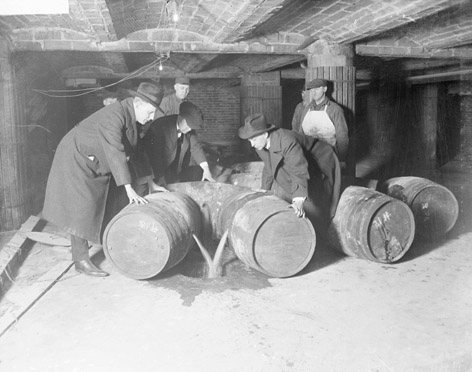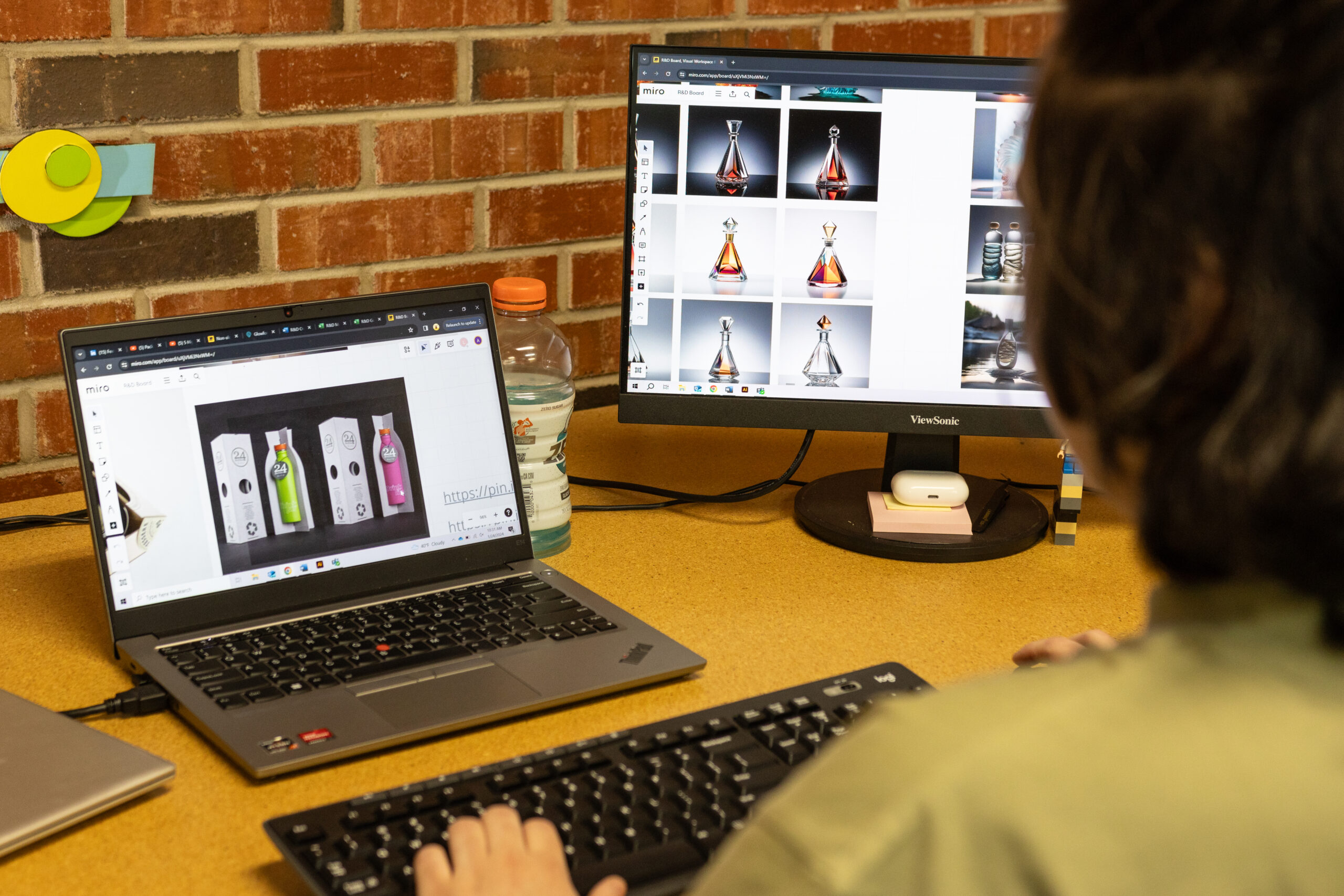Regulated Glass: A Historical Perspective
The history of distilled spirits in the United States is rich and complex, marked by significant milestones that have shaped the industry into what it is today. One of the most pivotal moments was the repeal of Prohibition in 1933, which not only reinstated the legality of producing, selling, and consuming alcohol but also led to a wave of new regulations. These regulations weren’t just about the spirits themselves—they extended to the very bottles that held them. From the moment Prohibition was repealed, once again making the production, sale, and consumption of distilled spirits legal, the United States government swiftly added to its scope of control… glass bottles. That direction and control continue to this day.
The repeal of Prohibition required the government to establish firm and extensive laws and regulations to control the products it was re-instituting as legal for consumers. One major step was to prohibit the sale of the casks themselves, which was done to prevent a drinking establishment from simply filling their bar patrons’ mugs from the barrel. Instead, they required all spirits-to-consumer sales to be made in glass bottles.

That still left regulators with a problem: bootlegging remained quite popular (and lucrative) alongside the legalized alcohol business. So to prevent (or at least deter) the black-market refilling of used liquor bottles, glass manufacturers were required to emboss “FEDERAL LAW FORBIDS SALE OR REUSE OF THIS BOTTLE” on each bottle.
The law remained in effect until the 1960s, and embossing remains a quick way for glass collectors to narrow down an item’s production date, but glass remained in production and used for about another decade. Just like today, replacing glass molds for custom bottles is an added cost, and spirits producers had manufactured stock still on hand. Collectors have dated additional production and use of “FORBIDS” bottles in the mid-1970s.
Bottle Regulations Still In Effect
However, repealing the “FORBIDS” law did not repeal all bottle-focused laws. Many still exist today, focused on two specific categories of concerns.
One: Since the government, with enforcement under the Tax and Trade Bureau (TTB), requires tax to be paid on the alcohol within each spirit, the government has usually required spirits bottles to be created and filled to a narrow range of volumes to expedite those tax calculations during inventory. When an auditor reasonably assumes that a case of six or twelve bottles will hold the same volume as any other case, the auditor can work more quickly through inspections.
Two: the TTB also strives to support transparency for the consumer and enforces regulations that ensure the consumer can trust what they see when it comes to filled bottles.

Not only does the TTB require a certain quantity of alcohol to be consistent in each bottle, but the amount of empty space in the bottle is regulated. If there is too much, the TTB considers that a potential deception of the consumer.
Think about what’s been recently dubbed “shrinkflation”—where a manufacturer will reduce the amount of product within each package without changing the size of the outer package, leaving the consumer with the first impression that they are purchasing the same quantity. That’s a business practice that cannot be used—at least, not for long!— in the spirits industry.
So, how are those regulations enforced? The TTB takes a three-fold approach.
How The TTB Enforces Spirits Bottle Regulations
First, all spirits companies must submit their packaging to the TTB for review and approval before the spirits can be put in the bottle. That approval requires the use of “standard” liquor bottles. If a bottle is considered non-standard—as is seen more often in ultra-premium, luxury, and imported spirits—the bottle itself must be submitted and approved under a separate set of regulations.
Second, the TTB will receive and investigate consumer complaints (and sometimes competitor claims) of deceptive packaging. Complaints about label claims are far more common than complaints about bottles.
Lastly, the TTB is extremely proactive in its enforcement. Its investigators will regularly purchase bottled spirits from retail outlets and subject them to laboratory analysis. The liquid is tested to ensure its composition and alcohol content match the claims on the labels. But the bottle receives its own examination to confirm its fill level falls within regulation—with not too much empty space and not too little for the liquid it should hold.
While the laws and regulations have changed somewhat since the end of Prohibition, they certainly haven’t disappeared. The focus may differ, but the goal remains the same: to ensure that the person who buys a bottled spirit is getting exactly what they expect and are paying for.
***
This is one of the least-known compliance responsibilities a brand owner has when choosing their packaging, and the responsibility is usually left to the procurement partner. Your partner must ensure the bottles you purchase for your brand are consistent in their outer appearance and internal cavity.
At Spearhead, we rigorously test every bottle we secure for clients. From our boots-on-the-ground presence at the glass factory to our own in-house quality control, our goal is to safeguard your brand’s reputation with the highest-quality materials.

With Spearhead’s meticulous approach, you can have peace of mind knowing your packaging meets the highest compliance and quality standards.
Don’t let regulatory challenges hold your brand back. Contact us to learn more about how we can support your needs.
